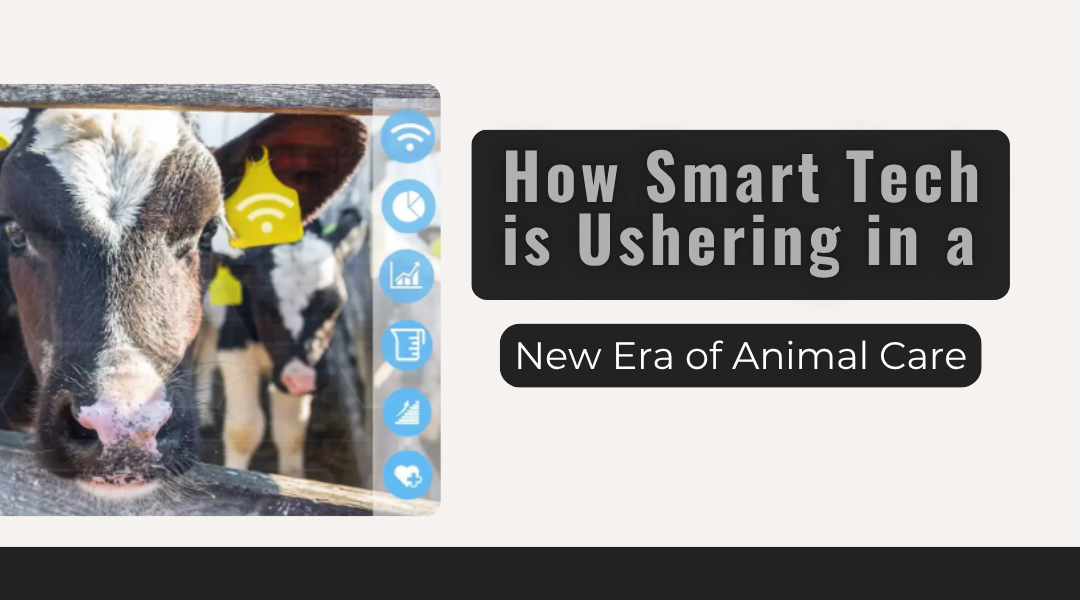Forget the old image of a farmer relying solely on a keen eye and generations of wisdom. Today, the barnyard is getting a digital upgrade. A quiet revolution is unfolding on progressive farms worldwide, where artificial intelligence is not just a buzzword but a practical tool for nurturing healthier, more productive livestock. This isn’t about replacing the farmer’s intuition; it’s about supercharging it with a constant stream of actionable insights.
Picture a sprawling cattle ranch where each animal is, in a sense, online. A sophisticated network of sensors and cameras tracks everything from their chewing cud to their social interactions. This constant, gentle observation allows farmers to spot a sick animal days before it shows obvious symptoms, transforming animal healthcare from a reactive battle into a proactive, preventative science.
The Silent Guardian: Catching Illness Before It Spreads
The old way of spotting sickness—waiting for an animal to look off its feed or develop a cough—is like finding a leak only after the basement has flooded. The new approach is fundamentally different.
- Early Warning Systems: Imagine a steer named #734. A tiny, wearable sensor on his ear tag notes a slight but consistent rise in his core body temperature and a 15% drop in his rumination (cud-chewing) time. This data is instantly flagged by an AI system. The farmer receives an alert on their phone: “#734 shows early signs of potential respiratory infection. Recommend isolation and check for nasal discharge.” This early catch prevents a single case from becoming a costly, herd-wide outbreak.
- The Behavioral Whisperer: The technology goes beyond vital signs. Advanced image analysis can now interpret subtle behavioral cues. For instance, a system might notice that a group of pigs is huddling more than usual, a potential sign of feeling cold or unwell, triggering an adjustment to the barn’s climate controls. It can detect a slight limp in a dairy cow by analyzing her gait long before it becomes a debilitating lameness issue. This allows for interventions that are not just about medicine, but about overall comfort and well-being.
Smart Farming in Action: Real-World Wins
This technology is already proving its worth in tangible ways:
- The Connected Chicken House: In poultry farming, AI-powered microphones constantly listen to the flock. The system can detect distinct changes in the birds’ vocalizations that indicate the early stages of a disease like bronchitis, often before any mortality occurs. This gives farmers a critical head start on treatment.
- Precision Feeding for Sows: Instead of a one-size-fits-all feeding regimen, smart systems now identify individual sows as they approach a feeding station. Using facial recognition or RFID tags, the system dispenses a custom ration tailored to her specific stage of pregnancy, body condition, and nutritional needs, optimizing her health and that of her future litter.
- Virtual Vet Visits: For a rancher with thousands of acres, a sick animal might be miles away. With live-streaming cameras and sensor data, a veterinarian can now conduct a “telemedicine” consult. They can remotely assess the animal’s condition, review its historical health data, and provide a diagnosis and treatment plan without a long, costly drive, saving precious time and resources.
Navigating the Hurdles: The Human and Practical Side
Adopting this new world of agritech isn’t without its challenges.
- The Data Dilemma: Who owns the immense amount of data generated by a herd? How is it protected? Farmers and tech companies must work together to establish clear rules on data privacy and ownership, ensuring this sensitive information doesn’t fall into the wrong hands.
- The Cost of Entry: The initial investment for sensors, cameras, and computing infrastructure can be steep. This creates a risk of a “digital divide” in agriculture, where only large, well-capitalized farms can access these benefits. Developing affordable, scalable solutions is key to widespread adoption.
- Keeping the Human in the Loop: The goal is decision support, not decision replacement. A farmer’s years of experience and innate understanding of their animals’ behavior are irreplaceable. The best systems are those that present information clearly, allowing the farmer to use their judgment to make the final call.
Conclusion: A Partnership for a Healthier Herd
The future of livestock management isn’t a cold, automated warehouse run by robots. It’s a harmonious partnership between human expertise and digital precision. Smart technology acts as an ever-vigilant assistant, working 24/7 to monitor the herd’s pulse. It gives farmers a powerful new set of eyes and ears, allowing them to understand their animals on a deeper level than ever before.
By embracing this partnership, we’re moving towards a more sustainable and ethical future for agriculture—one where animals are healthier, farmers are more empowered, and the well-being of the herd is supported by the best of both worlds: timeless husbandry and cutting-edge innovation.
